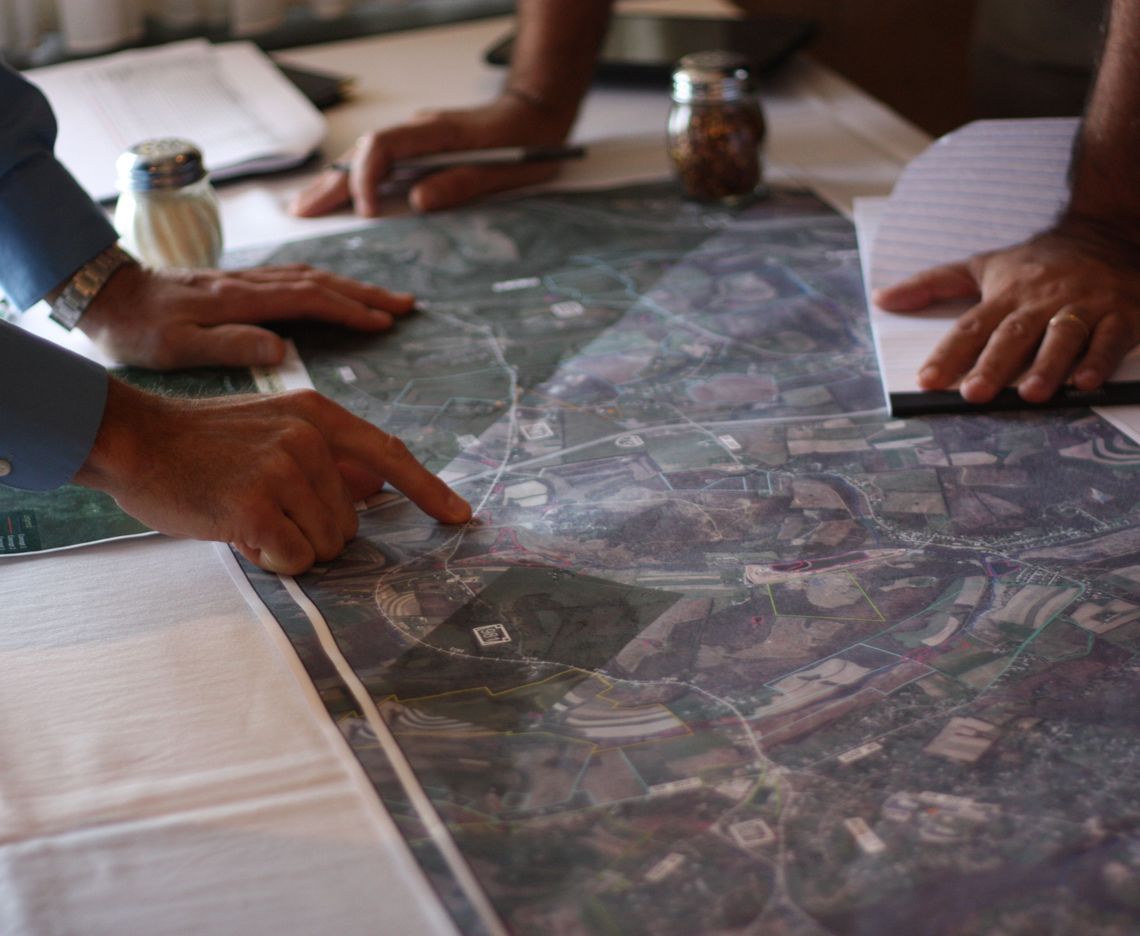
LAUREL VALLEY TRANSPORTATION IMPROVEMENT PROJECT
The Challenge
Originally conceived locally as a much larger regional four-lane, limited access expressway known as the Laurel Valley Expressway in the 1970s, the Pennsylvania Department of Transportation (PennDOT) reimagined the project in 2015 to include upgrades to the existing corridor with limited realignment to improve safety, manage access and support development. PennDOT needed an experienced team of communications professionals to provide community engagement and public information services to advance three separate projects along the 11-mile, Route 981 Corridor in Unity and Mt. Pleasant Townships, Westmoreland County through the study, engineering, design and construction phases. The Laurel Valley Transportation Improvement Project (LVTIP) consists of a partnership between PennDOT and the Federal Highway Administration (FHWA), in cooperation with Westmoreland County and the Pennsylvania Turnpike Commission.
How We Helped
McCormick Taylor’s Communications Services Group provides a broad range of community engagement services for the Pennsylvania Department of Transportation’s (PennDOT) Laurel Valley Transportation Improvement Project (LVTIP) in Westmoreland County, Pennsylvania. Our experienced team of communications professionals are providing the community engagement and public information services needed to advance three separate projects along the 11-mile, Route 981 Corridor in Unity and Mt. Pleasant Townships, Westmoreland County through the study, engineering, design and construction phases. LVTIP consists of a partnership between PennDOT and the Federal Highway Administration (FHWA), in cooperation with Westmoreland County and the Pennsylvania Turnpike Commission.
Public Engagement from Study, through Design and Construction
McCormick Taylor developed a Public Engagement Plan (PEP) to support the initial work to develop a Mini-Transportation Improvement Plan (Mini-TIP) for the corridor that identified fundable projects and phasing for project delivery. McCormick Taylor implemented a comprehensive PEP and strategy to convert key stakeholders who supported the much larger project to champions for the right-sized effort. A committee of key stakeholders (KeyS Committee) was formed of key industries, businesses, economic development leaders and local elected officials within the region. The KeyS Committee provided local insight into project development to help inform and evaluate project needs and identify performance measures against which transportation solutions were evaluated. Audience response polling using cellphones and smart devices, were used to poll KeyS Committee members and display results in real time to facilitate deeper discussions. McCormick Taylor also developed a LVTIP website to provide the public direct access to important project information and the opportunity for input in advance of key project milestones. Three fundable projects within the corridor were identified with logical termini and independent utility supported by the effort.
Meaningful Engagement from Design through Construction
Online Access – The LVTIP website broadens public accessibility to project information, including separate page sets dedicated to each project section. The web pages are used to host all public meeting content including informational displays, comment forms, narrated-captioned PowerPoints, and interactive mapping for the duration of the two-week public comment periods associated with each in-person public meeting. This hybrid approach to public involvement was introduced with the LVTIP years before similar solutions were explored in response to the COVID-19 pandemic.
Informational Outposts - In addition to website availability, public meeting content and information is made available at four Informational Outpost locations to address requirements for diversity, equity and inclusion. The informational Outposts are established in municipal building, and local libraries as an alternate means of providing access to information for local residents.
Collaborative Partnerships – Working in part through the project KeyS Committee meetings facilitated by McCormick Taylor, a collaborative partnership was developed with one local school district who agreed to undertake and maintain aesthetic treatments to the center island portion of a proposed new traffic roundabout. The Mt. Pleasant Area School District, a member of the KeyS Committee, developed designs for the aesthetic gateway treatments to welcome motorists to the school district campus.
Construction Brochures – With the first of three LVTIP projects entering the third and final year of its construction, McCormick develops content, designs and produces the Annual Construction Brochure each February/March to showcase planned construction activity and related traffic restrictions and detours, schedules, and safety messaging to ensure “no surprises” for local motorists and residents. The construction brochures are distributed in print and electronic formats.
Public Contact Tracker – McCormick Taylor maintains an Excel tracker of all public contacts received for each LVTIP section. The tracker identifies who initiated the contact, the nature of their request, the project team member and assigned deadline to provide follow-up response, the nature, status and due date of the follow-up, and any commitments that may have been made.
Crisis / Emergency Communications – McCormick Taylor communications professional also provide crisis communications services in the event of accidents that may occur within construction zones or when construction activity requires unplanned traffic restrictions or detours. Messaging and graphic mapping is developed in collaboration with the PennDOT Engineering District 12-0 Press Office and is pushed live to the website and local media outlets.
The Results
McCormick Taylor’s approach to public engagement is rooted in relationship building at all levels of the affected communities to reinforce the importance of their voice in influencing transportation decision making while reinforcing that we all have responsibility to move projects forward safety, effectively and without surprise.